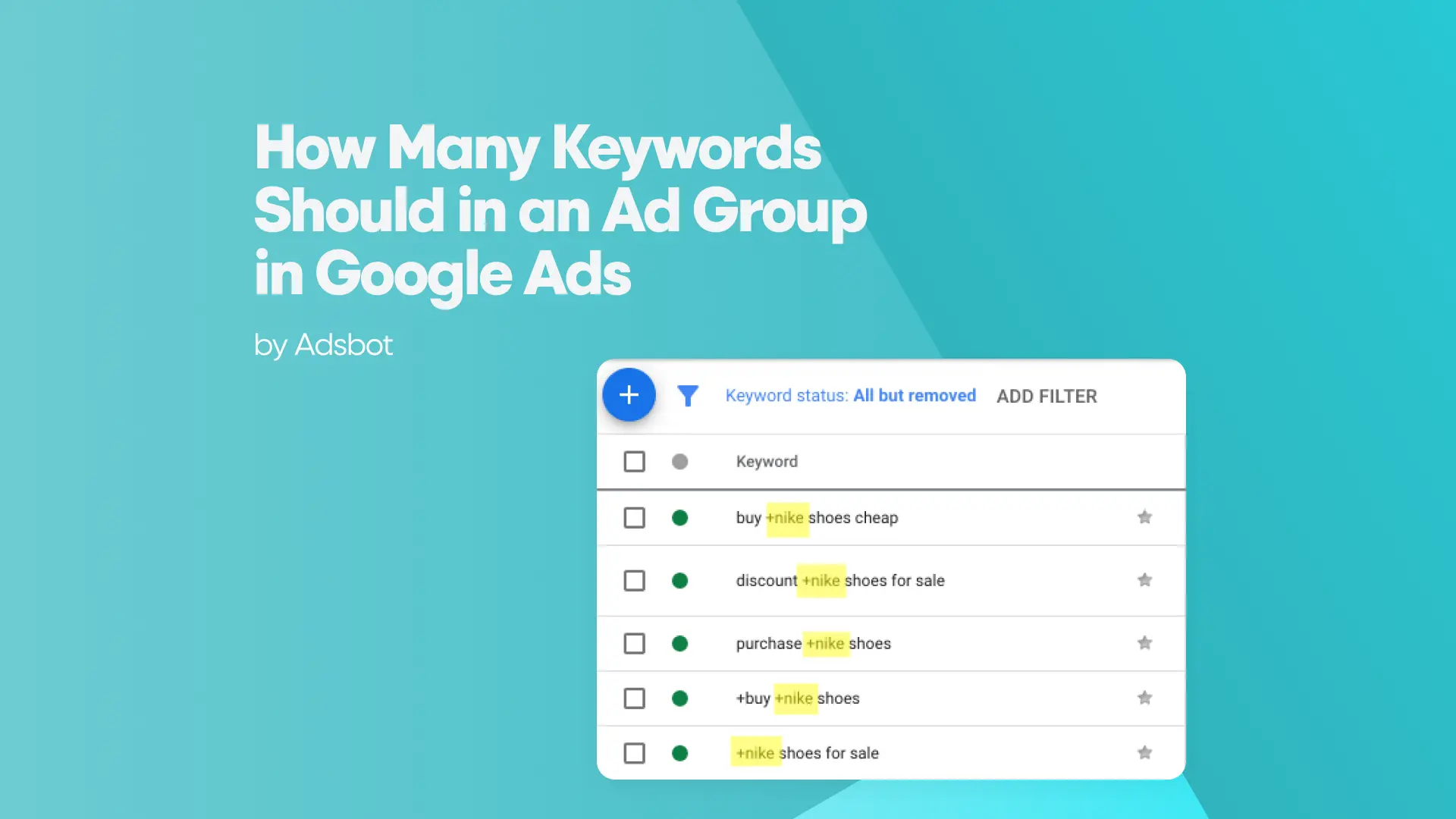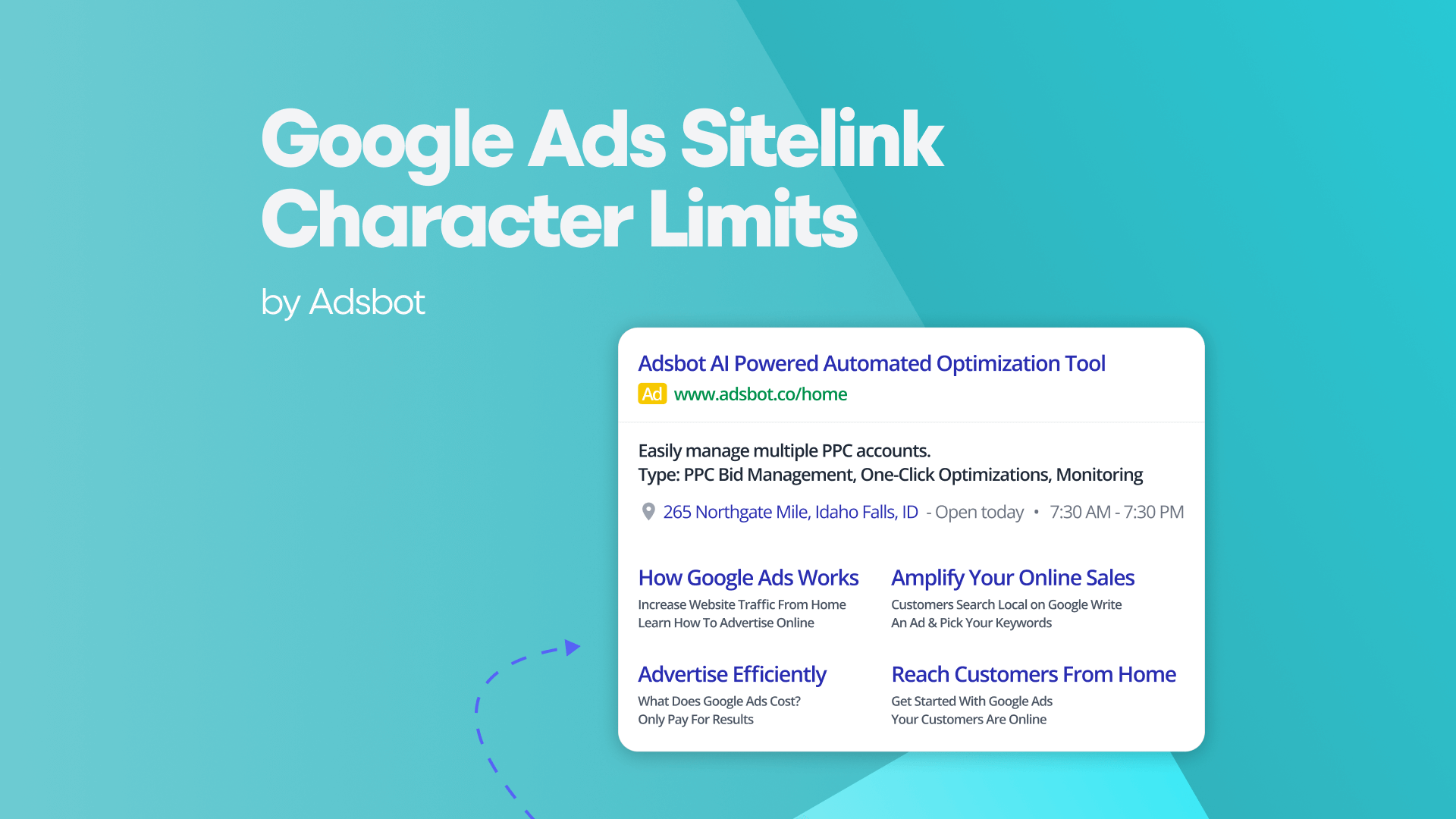Facebook remains one of the most powerful platforms for digital advertising, providing businesses with the tools to reach millions of users worldwide. However, the success of Facebook ad campaigns heavily relies on understanding and analyzing Facebook advertising metrics. These metrics offer valuable insights into performance, audience behavior, and areas for improvement, allowing advertisers to optimize their strategies effectively.
This article dives into the essential Facebook ads metrics, such as each metric and Facebook ads ROAS while explaining how to use these metrics to enhance campaign performance.
Why Facebook Advertising Metrics Matter
Metrics are the backbone of digital advertising, enabling marketers to measure the effectiveness of their campaigns. For businesses running Facebook ads, metrics serve the following purposes:
- Performance Tracking: Metrics reveal how well ads are performing, whether they’re driving clicks, conversions, or impressions.
- Optimization: Detailed data allows for fine-tuning campaigns to improve results and reduce costs.
- ROI Measurement: Understanding the return on investment ensures that advertising budgets are spent wisely.
Important Facebook Advertising Key Metrics
Here’s a closer look at the critical Facebook advertising key metrics every marketer should know and track:
1. Impressions
Impressions indicate how many times your ad has been displayed on users’ screens. This metric reflects the visibility of your campaign and is crucial for brand awareness strategies.
How to Find Impressions on Facebook
To locate impressions for your campaigns:
- Go to Facebook Ads Manager.
- Select the campaign, ad set, or ad.
- Check the “Impressions” column in the performance table.
Impressions should be evaluated alongside other metrics, such as clicks and conversions, to gauge the effectiveness of your ads.
2. Cost Per Click (CPC)
Cost per click Facebook refers to the amount paid for each click on your ad. CPC is a vital metric for campaigns aiming to drive traffic to websites or landing pages.
How to Use CPC Effectively
- Low CPC: Indicates efficient spending but may require evaluation of the click quality.
- High CPC: Suggests a need to refine targeting or ad creatives to reduce costs.
To lower CPC, experiment with ad placements, adjust targeting, and optimize creatives to resonate better with your audience.
3. Conversion Rate
The conversion rate in Facebook ads measures the percentage of users who take the desired action after clicking on your ad, such as making a purchase, signing up, or downloading an app.
Importance of Conversion Rate
A high conversion rate indicates that your ad is reaching the right audience and delivering a compelling message. If the conversion rate is low, consider reviewing your landing page experience, offer relevance, or audience targeting.
4. Return on Ad Spend (ROAS)
Facebook ads ROAS is a key profitability metric that measures the revenue generated for every dollar spent on advertising.
How to Calculate ROAS
ROAS = Revenue from Ads / Total Ad Spend
For instance, if your campaign generates $500 in revenue from $100 in ad spend, your ROAS is 5. A high ROAS indicates an effective campaign, while a low ROAS suggests room for optimization.
5. Click-Through Rate (CTR)
CTR reflects the percentage of people who clicked on your ad after seeing it. It’s calculated as:
CTR = (Clicks / Impressions) x 100
A high CTR signifies that your ad is engaging and relevant to your audience. To boost CTR, focus on creating attention-grabbing headlines, appealing visuals, and clear calls to action.
6. Reach
Reach indicates the number of unique users who saw your ad. Unlike impressions, which count total views, reach measures the distinct individuals exposed to your campaign.
Reach vs. Impressions
- High Reach with Low Impressions: Suggests limited exposure per user.
- High Impressions with Low Reach: Indicates repeat views by a smaller audience.
7. Engagement Rate
Engagement rate measures how users interact with your ad through likes, shares, comments, or clicks. A high engagement rate signals that your content resonates with your audience.
8. Frequency
Frequency measures how often your ad is shown to the same user. While repetition can reinforce messaging, excessive frequency may lead to ad fatigue, reducing campaign effectiveness.
Ideal Frequency
Aim for a frequency range of 1.8 to 3. Higher frequencies might require refreshing your creatives or targeting a broader audience.
Facebook Ads Metrics Explained
Understanding how to interpret and use metrics is crucial for campaign success. Here’s a breakdown:
- Awareness Metrics: Impressions and reach indicate how many users are exposed to your ads.
- Engagement Metrics: CTR and engagement rate reveal how well your ad captures audience interest.
- Conversion Metrics: Conversion rate and ROAS measure how effectively your ads drive desired actions.
Facebook Ads Metrics List
Here’s a comprehensive Facebook ad metrics lists to track:
- Impressions
- Reach
- Frequency
- Click-through rate (CTR)
- Cost per click (CPC)
- Cost per action (CPA)
- Conversion rate
- Return on ad spend (ROAS)
- Engagement rate
- Cost per thousand impressions (CPM)
How to Measure Marketing Attribution
Marketing attribution involves identifying which ads or channels contribute most to conversions. Facebook provides tools like the Attribution Setting, which allows advertisers to track the customer journey across touchpoints.
Types of Attribution Models
- First-Click Attribution: Credits the first interaction.
- Last-Click Attribution: Credits the last interaction before conversion.
- Multi-Channel Attribution in Digital Marketing: Distributes credit across all touchpoints in the customer journey.
Best Practices for Optimizing Facebook Advertising Metrics
1. Set Clear Goals
Define specific objectives, such as increasing website traffic, boosting conversions, or enhancing brand awareness.
2. Test and Refine
Run A/B tests to evaluate different ad creatives, audiences, and placements. Use the insights to optimize campaigns.
3. Monitor Metrics Regularly
Regularly review metrics in Ads Manager to identify trends and make data-driven decisions.
4. Leverage Analytics Tools
Use tools like Facebook Analytics or third-party platforms to gain deeper insights into campaign performance.
5. Align Metrics with KPIs
Focus on metrics that align with your key performance indicators (KPIs). For instance, prioritize ROAS for revenue-driven campaigns and CTR for awareness campaigns.
Understanding Facebook advertising metrics is important for creating impactful campaigns and maximizing ROI. By focusing on critical metrics such a impressions on Facebook, advertisers can fine-tune their strategies and achieve better outcomes. Remember, success in digital advertising lies in consistent monitoring, testing, and optimization. Make data your guide and let the metrics steer your campaigns toward success.
Popular Posts
-
How Many Keywords Should Be In an Ad Group in Google Ads?
Ever wondered if your Google Ads campaigns are packed with…
Read more -
Google Ads Script for Dummies: An Introduction
Imagine you have an e-commerce website that sells licensed superhero…
Read more -
Google Ads Sitelink Character Limits
Your Google Ads are cutting off in the middle of…
Read more -
What Is Conversion Value in Google Ads?
What if you could put a price tag on every…
Read more
Register for our Free 14-day Trial now!
No credit card required, cancel anytime.





